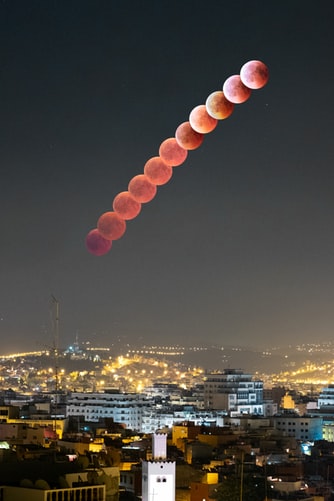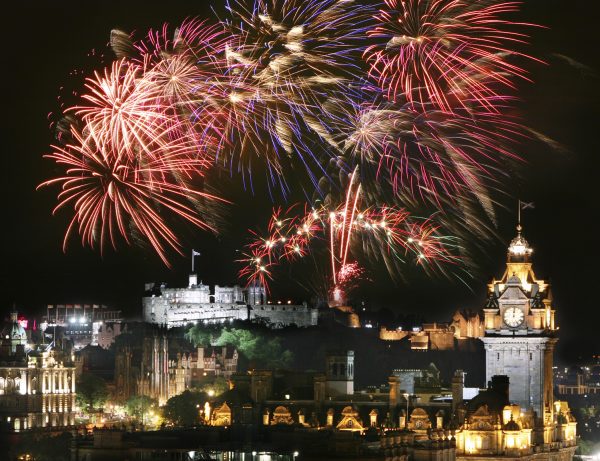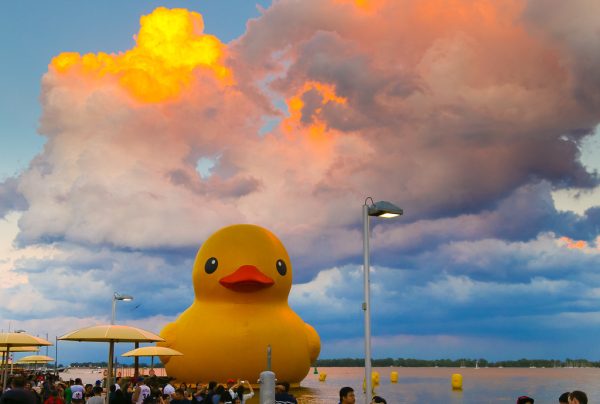Out of the world events in 2020

Photo by Raul Cacho Oses on Unsplash
This time-lapsed photo of a lunar eclipse shows the awesome potential of 2020 events.
2020 will be full of stunning astronomical events! Those interested in astronomy might want to mark the calendars because there are several events not to be missed.
Armijo student and science enthusiast Kaleb Ugalde had a lot to say about the astronomical events of 2020. “I’ve always been very interested in astronomy and I’m excited to learn more about it when scientists do more research on the events that are going to be happening next year.”
From January 3 – 4 there will be a Quadrantids Meteor Show. This is an above average meteor shower that should have up to 40 meteors per hour during its peak. It is supposed to be a very dark night which will make for a great viewing of the shower.
On January 10 we will have a Penumbral Lunar Eclipse. This means the moon will partially pass through Earth’s shadow (penumbra) which will cause the moon to darken, so even though it is not a full eclipse it is still a pretty great sight.
On February 10, the planet Mercury will be at its greatest eastern elongation, which will allow us to see Mercury in the western sky. It’s not every day that you get to see another planet with your own eyes!
There will be a Solar Eclipse on June 21. This happens when the Moon is too far away from the Earth to completely cover the Sun, which creates a spectacular sight where there is a big ring of light surrounding the dark Moon. The eclipse will end in the Pacific Ocean, which is right next to us!
September 22 marks the September Equinox. This is when the Sun shines directly on the equator, giving us equal amounts of day and night throughout the entire world. This also marks the first day of Fall in the Northern Hemisphere and the first day of Spring in the Southern Hemisphere.
On December 14, there will be a total solar eclipse. This means the moon will completely block the Sun. Sadly, it will only be visible in parts of the Southern Hemisphere, but we can still see the Partial Eclipse in America.
To end the year on a good note, December 21 will be the date of a rare conjunction of Jupiter and Saturn. The two planets will appear in the sky next to each other, so close that it will look like they combined to make one bright double planet. This phenomenon is so rare that it hasn’t happened since the year 2000, 20 years ago! Joshua Lejano is very excited about this event. “I think it’s so amazing that this thing only happens every 2000 years and we get a chance to actually see it in our lifetime.”


